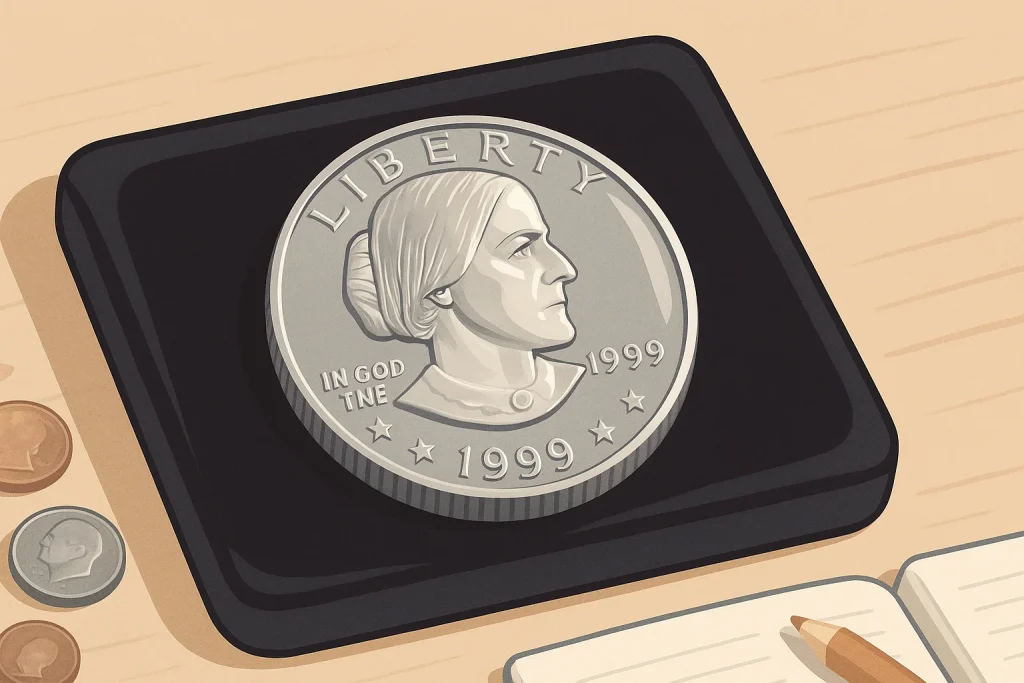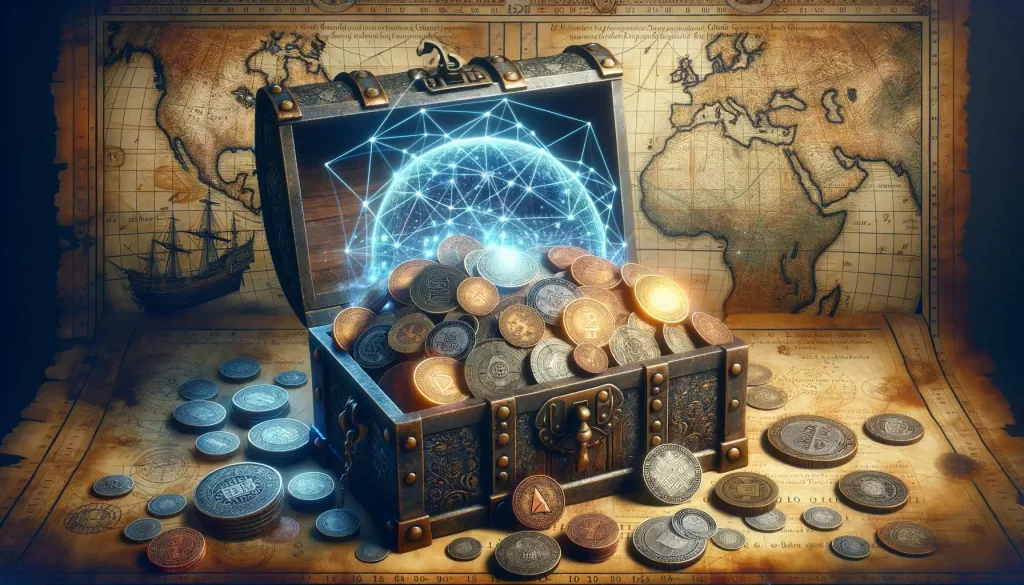Introduction to Blockchain and Coin Authenticity
Imagine holding a treasured coin in your hand—a masterpiece of history, craftsmanship, and value. But how do you truly know it’s real? Counterfeiting is an ancient problem, and in today’s world, even the most skilled collectors can fall prey to fakes. Enter blockchain technology, the digital knight in shining armor for verifying coin authenticity.
The Basics of Blockchain: A Digital Ledger Like No Other
At its heart, blockchain is like an incorruptible diary written by many hands, where every page holds records that cannot be erased or altered. It’s made up of decentralized nodes, or “watchtowers,” ensuring that every transaction or entry is verified and permanent. Now, imagine applying this transparency to collectible coins—each transaction, from minting to each successive owner, etched into the blockchain forever. This isn’t science fiction. It’s happening now.
Picture your coin with its unique fingerprint—its serial number, origin, and history stored immutably on a blockchain. No faceless fraudster can rewrite this ledger. Instead of relying on trust alone, you gain the confidence of real, verifiable data.
- A coin minted in 1933? Its entire lineage recorded, tamper-free.
- A rare collector’s piece passed through auctions? The blockchain confirms every step.
With blockchain, the story of your coin becomes as rich as its material significance—a tale no counterfeiter can forge!
How Blockchain Technology Ensures Authenticity
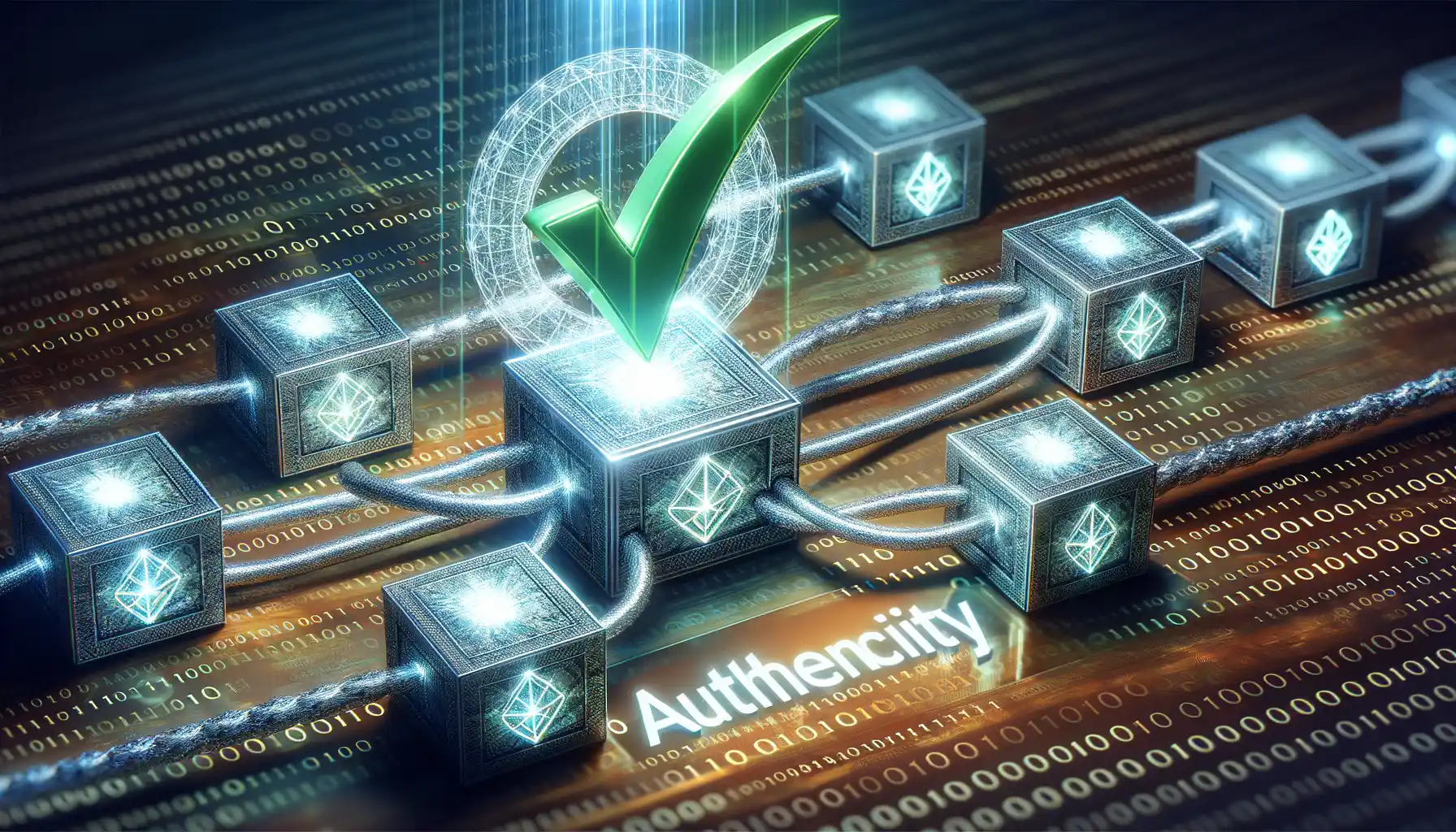
Building Trust, One Block at a Time
Picture a world where every coin you hold tells its story—its creation, travels, and rightful ownership—all stored on an unchangeable digital ledger. That’s the magic of blockchain technology. At its heart, blockchain isn’t just a buzzword; it’s your coin’s personal guardian, ensuring no fakes sneak into your collection.
Here’s how it works: every transaction of a coin is recorded on a decentralized network. Imagine a chain of blocks, each carrying unique data about your coin’s life. Once added, these blocks are virtually impossible to alter. Think of it as sealing the truth in a vault that no one can tamper with—not even the most skilled counterfeiter.
- Each block is time-stamped, acting like the coin’s digital birth certificate.
- Decentralization ensures no single entity controls the records—reducing fraud to near-zero.
The result? A rock-solid, transparent system that verifies authenticity without bias or error. With blockchain, owning a genuine coin isn’t just a hope—it’s a guarantee, etched in digital stone. Could there be a more effective protector for your treasures?
Key Benefits of Using Blockchain for Verification
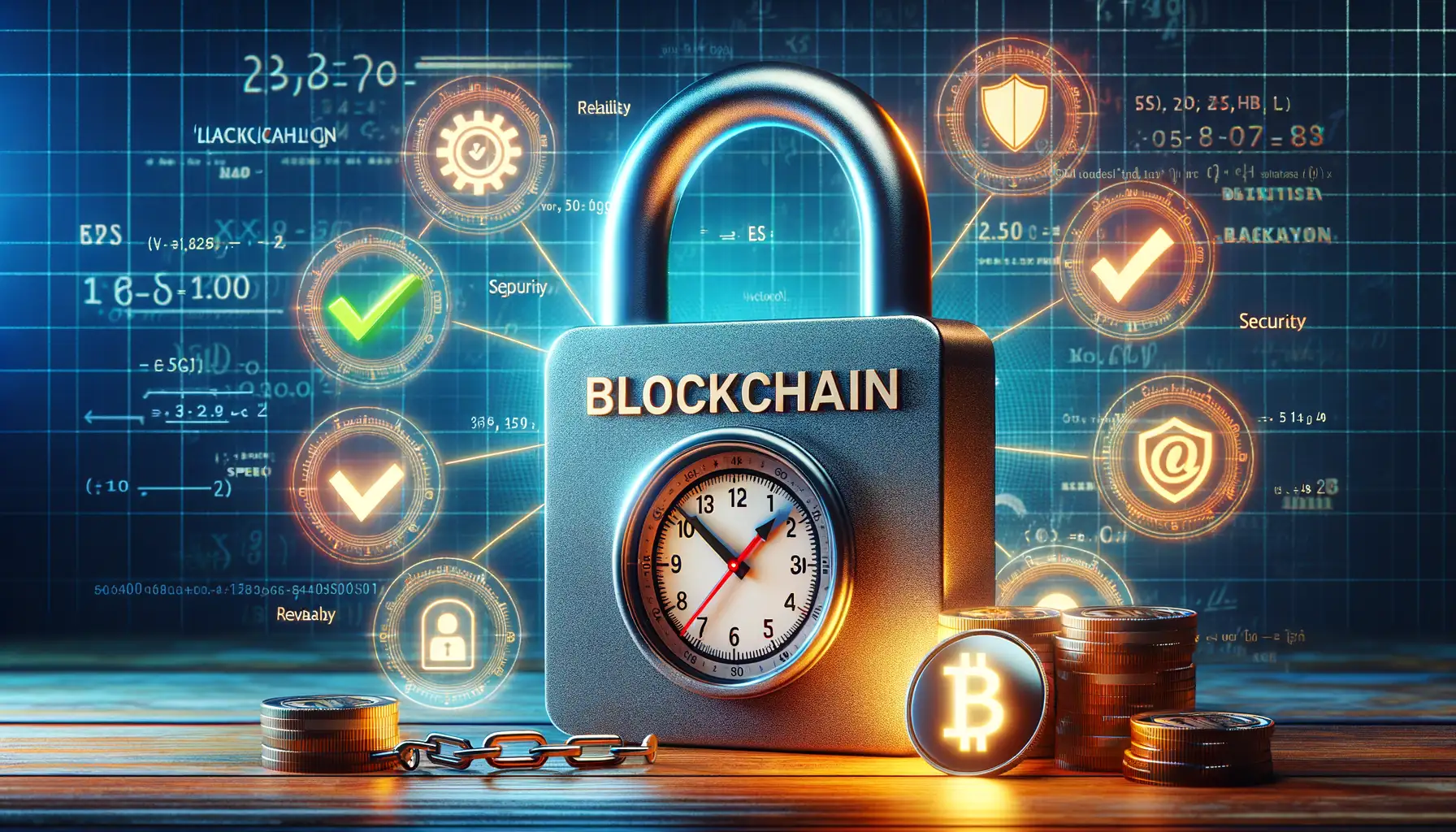
Unmatched Transparency and Trust
Imagine being able to verify a coin’s authenticity as effortlessly as flipping a light switch. That’s what blockchain brings to the table. Its core strength lies in its unchangeable ledger system, where every transaction is recorded with absolute transparency. Unlike traditional verification methods, this technology doesn’t leave room for tricks or deceit—it’s all out in the open.
Let’s say you’re a collector purchasing a rare gold coin. Blockchain allows you to trace its journey from its minting to your hand. Each step is immutably logged, erasing any doubts about counterfeit items. It feels like having a crystal-clear window into the coin’s history—no fog, no blind spots.
- Real-time tracking: Instant updates on ownership and origin.
- Immutable records: No tampering, no second-guessing.
- Decentralization: No need to rely on a single authority to confirm its legitimacy.
Cost-Effective and Secure Verification
Traditional coin verification can cost you both time and money—not to mention headaches. Blockchain flips that script. By cutting out middlemen, it slashes costs while maintaining airtight security. Picture a vault that not only safeguards valuables but also eliminates unnecessary locks and keys.
Using blockchain is like replacing outdated systems full of red tape with state-of-the-art simplicity. Plus, the use of cryptography ensures that data stays secure—safe from meddling hackers or unauthorized changes. For anyone diving into coin authenticity, it’s not just innovation; it’s peace of mind.
Challenges in Implementing Blockchain for Coin Verification
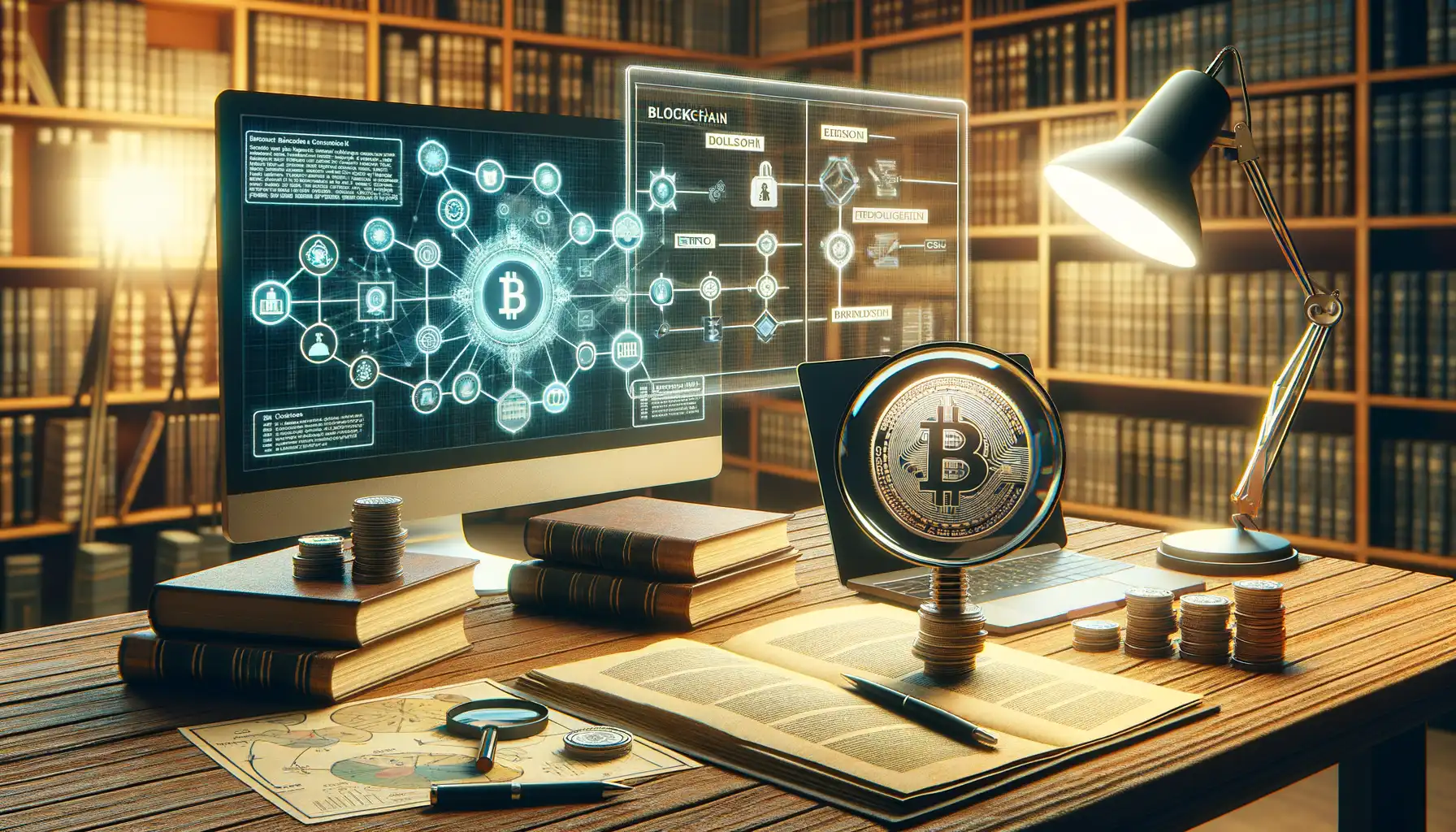
Hidden Obstacles in Blockchain Coin Verification
Implementing blockchain for coin verification isn’t all smooth sailing. While the technology feels like something pulled straight from a sci-fi novel, it’s not without its challenges. Think of blockchain as this beautifully complex mosaic—every tile (or block) must fit perfectly. But what happens when one tile refuses to cooperate or costs too much to create? Let’s dig into those realities.
One major hurdle is cost. Small businesses, for example, often find themselves financially crunched when they try to adopt blockchain. Beyond the initial setup, there are ongoing fees: infrastructure, maintenance, scaling. It’s like building the foundation of a skyscraper but only needing a small house.
Scalability issues are another stumbling block. Imagine thousands of transactions happening simultaneously—verifying millions of coins every second. For blockchain networks, this can lead to slower processing speeds and bottlenecks that feel like rush-hour traffic in the middle of an ambitious city.
- Lack of standardization: Different platforms. Different protocols. It’s like trying to piece together a puzzle where some pieces are round, square, or missing altogether.
- Resistance to change: Legacy systems are often stubborn; skepticism runs high among industries clinging to old methods. Convincing them to embrace a new era? That’s uphill work.
It’s not impossible—but it’s certainly no walk in the park.
Future Trends and Developments in Blockchain Verification

Dynamic Innovations Shaping Blockchain Verification
If you think blockchain technology is fascinating now, just wait—it’s evolving faster than a rocket breaking through Earth’s atmosphere. The future of blockchain verification isn’t just about sticking to the rules; it’s about rewriting them entirely.
Picture this: Instead of laboriously verifying coins through centralized databases, we’ll soon see real-time authentication powered by **advanced AI and machine learning algorithms** working alongside blockchain. These technologies can analyze vast networks of data in seconds, spotting counterfeits like a hawk zeroing in on prey.
Emerging trends also include the rise of **smart contracts**—self-executing agreements coded directly into the blockchain. Imagine seamless, automated verification systems where no human intervention is required. Add to that **zero-knowledge proofs**, which allow verification without revealing sensitive information. Privacy meets authenticity—the dream team!
- Integration with IoT devices, enabling real-world tracking of coins’ origins.
- Decentralized identifiers (DIDs) ensuring tamper-proof ownership records.
The possibilities are boundless, but here’s my favorite: holographic NFTs anchored to physical coins. Think of it as the ultimate digital twin, marrying art, tech, and history in a way we’ve never seen before. The blockchain revolution has only just begun!
A New Era of Transparency and Trust
Imagine a world where fakes simply don’t stand a chance. Thanks to **interoperability between blockchains**, systems will soon exchange data like seamless whispers across networks. Whether it’s Ethereum, Solana, or new-gen platforms, the technology will work together like an orchestra playing in perfect harmony.
But here’s the kicker—regulators are finally stepping in to standardize blockchain solutions for verification. With rules and protocols in place, governments and organizations will openly endorse these tools, making them the gold standard for coin authentication.
And let’s not forget environmental strides. Projects using **green blockchain technology** are already reducing power consumption. Tomorrow’s verifications won’t just be fast—they’ll be eco-conscious too.
The future is speeding toward us, not standing still. It’s not just about blockchain; it’s about building trust in ways we’ve never even dreamed possible.
